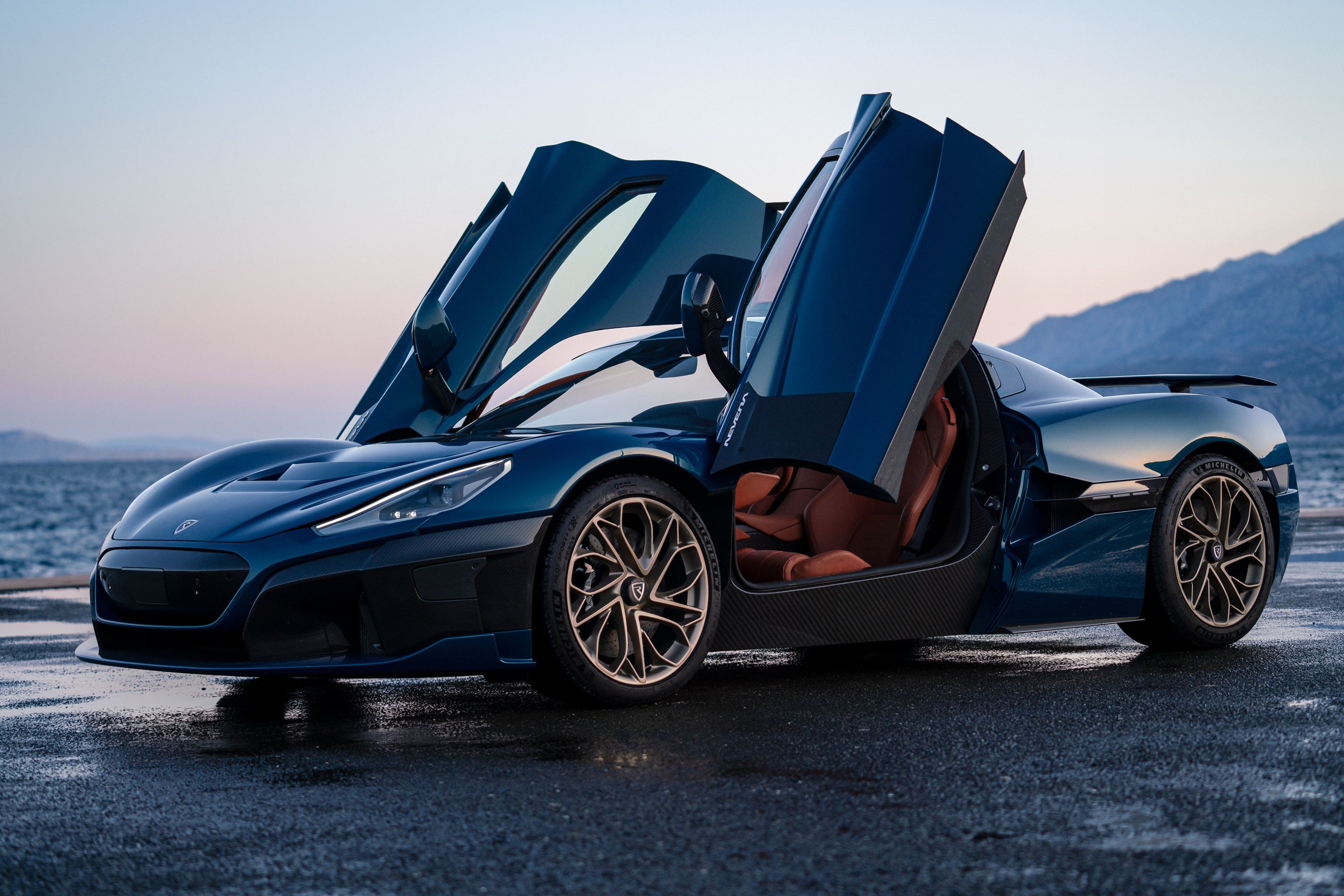
Williams Advanced Engineering (WAE) is an engineering and development company that works in Formula E and sometimes creates breakthroughs that have benefits for F1 and even roadgoing cars too. More than that, it's a spin-off of the F1 team founded by the famous Sir Frank Williams, who sadly passed away last year.
WAE has worked with Singer Vehicle Design to create a ferocious 500-horsepower engine for its Dynamics & Lightweighting Study, but in more recent times, it has turned its attention to electric vehicles, including electric motorcycles. As for cars, it announced a collaboration with ItalDesign last year that would see it provide a modular platform for all sorts of EVs, from SUVs to sports GTs.
But now, the engineering experts at WAE have gone a step further, building an electric hypercar architecture that is chock-full of innovations. Among them is a powertrain with a peak power output of 2,213 horsepower (1,650 kilowatts).
The platform is called EVR and is pretty impressive. Here are the headline numbers. The battery is an 85 kWh unit with fast-charging capability that promises charging times of under 20 minutes and a maximum driving range of over 279 miles. But what's really fascinating is that a completed vehicle built on this platform can weigh less than 3,968 pounds (1,800 kilograms), which gives the hypercar the potential of a 0-62-mph sprint time of under two seconds and a top speed of more than 248 mph.
For reference, the Rimac Nevera has 1,877 hp from a 120 kWh battery pack that offers a range of 340 miles, but it also weighs 4,740 lbs. 0-62 in the Croatian hypercar is rated at two seconds dead, and the top speed arrives at 258 mph. The Williams EVR claims more power and less weight but has a shorter range and a lower top speed. However, the Nevera is a technological powerhouse ready for Level 4 semi-autonomous driving and has far more capabilities than just speed, thus adding weight.
What we need to keep in mind is that it is unlikely that any single EVR-based car will deliver on every one of the above claims. That's because Williams has created this to cater to anybody and everybody. Each manufacturer can have multiple variants of the same car, as all-wheel drive and rear-wheel drive configurations are offered. Furthermore, each of these can be built as track-only, "Targa GT," and track-inspired, road-legal cars.
Williams calls this a "complete turnkey solution for both startups and OEMs," which means that all the customer car companies have to do is design a body and cabin that will fit atop this structure - everything else required for the operation of the powertrain is already waiting to go. WAE claims plenty of design flexibility in its platform, so two cars from different brands would be able to build totally different interpretations of the electric hypercar.
Other advances include a "performance-optimized battery management system" and advanced torque vectoring. In addition, WAE has developed a scalable battery module that eliminates the replication of electronics but still enables independent voltage and capacity scaling. This allows automakers to create battery pack and sub-pack systems in record time. Interestingly, WAE is even working on a fuel cell platform that will provide "equivalent performance" from hydrogen.
With the electric revolution rapidly gaining pace, it's only a matter of time before we see yet another new automaker emerge to take advantage of versatile architecture like this. This kind of innovation also allows existing automakers who have never before built hypercars to make a case for just such a project, and that can only be a good thing. We can't wait to see who takes advantage first.
